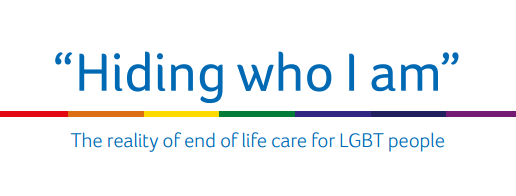Walsh, S. et al. BMJ Open. 2016. 6:e008362
Objectives: To review systematically the literature on patients’ experiences of, and participation in, technology-based monitoring of mental health symptoms. This practice was defined as patients monitoring their mental health symptoms, emotions or behaviours outside of routine clinical appointments by submitting symptom data using technology, with feedback arising from the data (for example, supportive messages or symptom summaries, being sent to the patient, clinician or carer).
Design: Systematic review following PRISMA guidelines of studies evaluating technology-based symptom monitoring. Tools from narrative synthesis were used to analyse quantitative findings on participation rates and qualitative findings on patient views.
Data sources: PubMed, EMBASE, PsycINFO, BNI, CINAHL, Cochrane Registers and Web of Science electronic databases were searched using a combination of ‘psychiatry’, ‘symptom monitoring’ and ‘technology’ descriptors. A secondary hand search was performed in grey literature and references.
Results: 57 papers representing 42 studies met the inclusion criteria for the review. Technology-based symptom monitoring was used for a range of mental health conditions, either independently of a specific therapeutic intervention or as an integrated component of therapeutic interventions. The majority of studies reported moderate-to-strong rates of participation, though a third reported lower rates. Qualitative feedback suggests that acceptability of monitoring is related to perceived validity, ease of practice, convenient technology, appropriate frequency and helpfulness of feedback, as well as the impact of monitoring on participants’ ability to manage health and personal relationships.
Conclusions: Such symptom monitoring practices appear to be well accepted and may be a feasible complement to clinical practice. However, there is limited availability of data and heterogeneity of studies. Future research should examine robustly patients’ role in the development and evaluation of technology-based symptom monitoring in order to maximise its clinical utility.
Read the full article here






